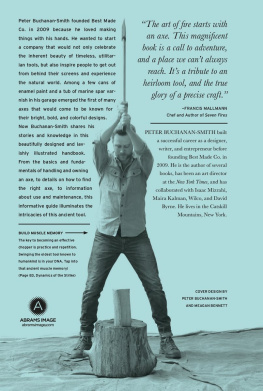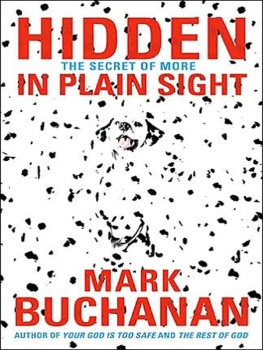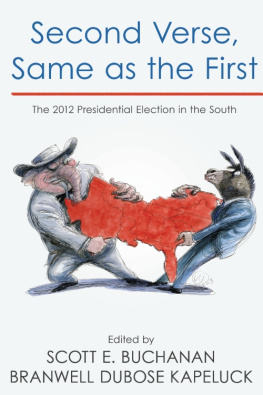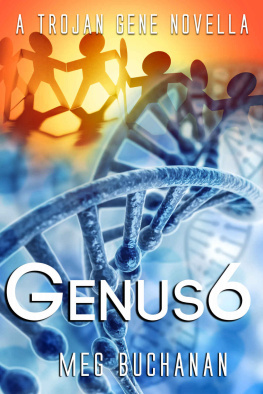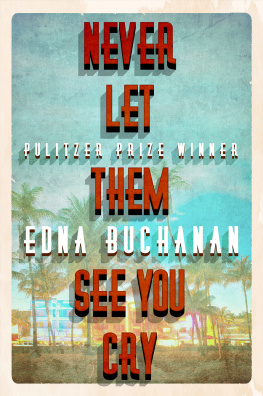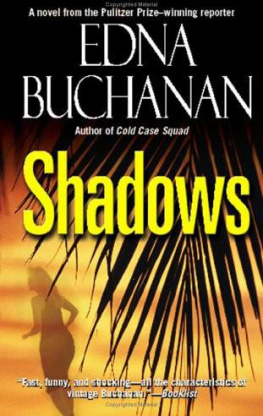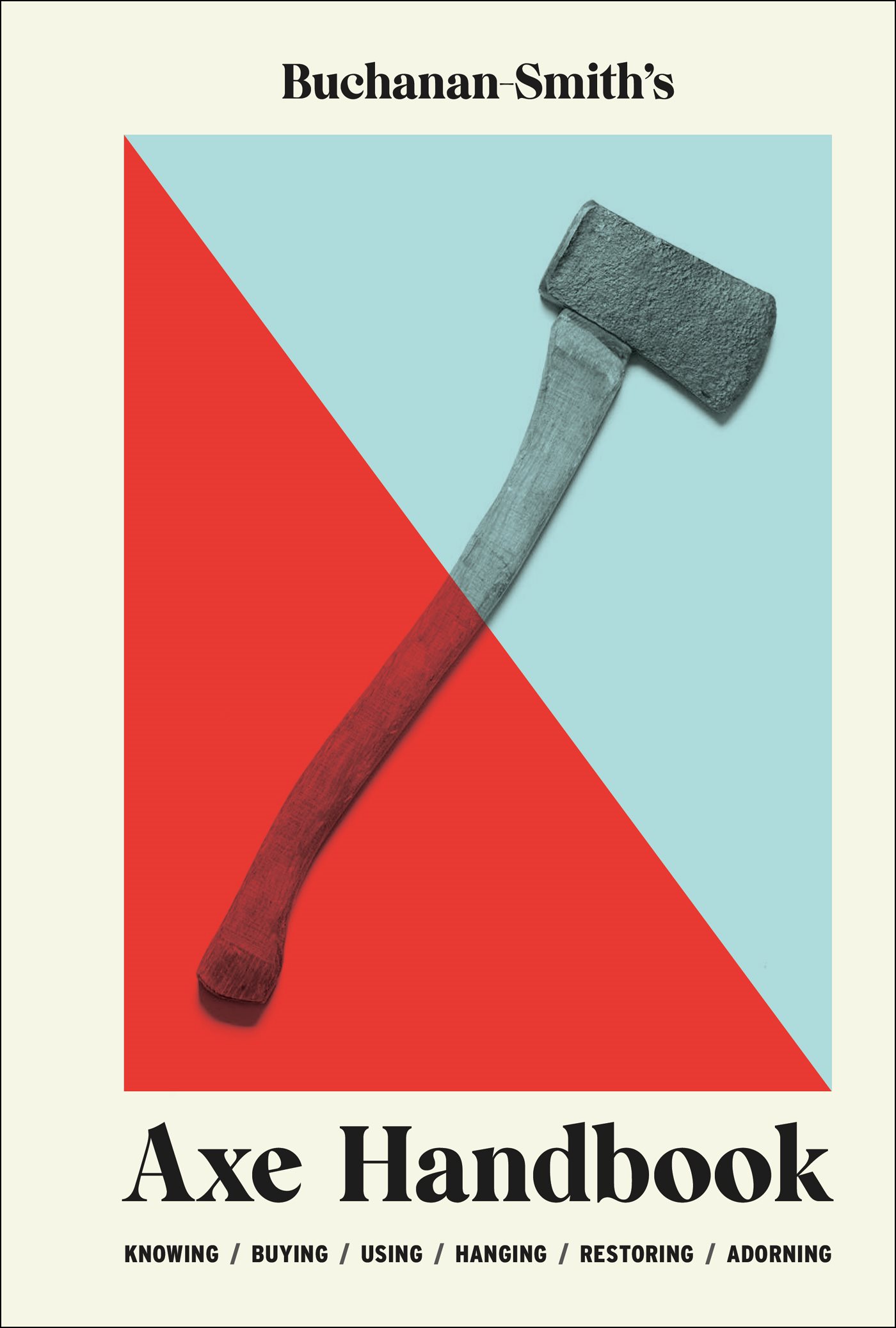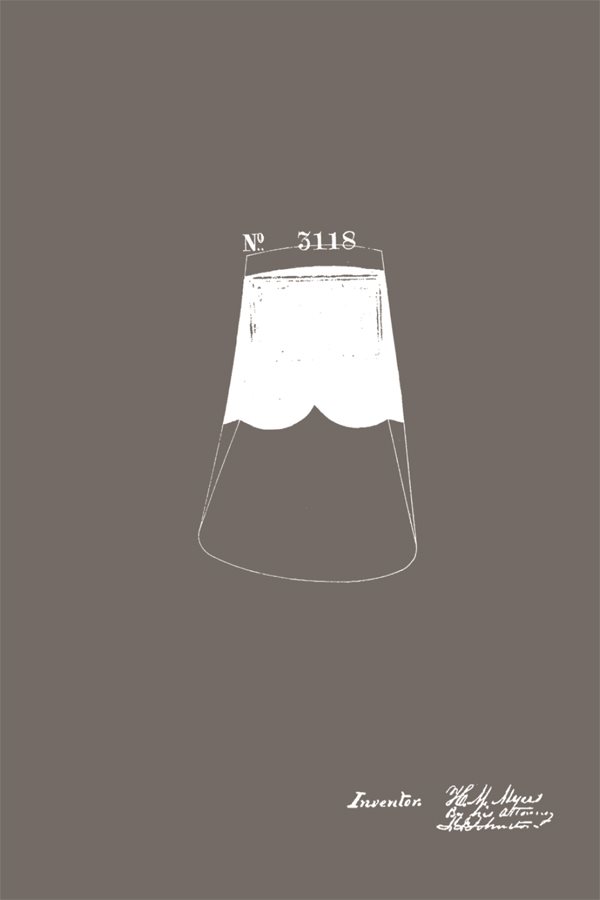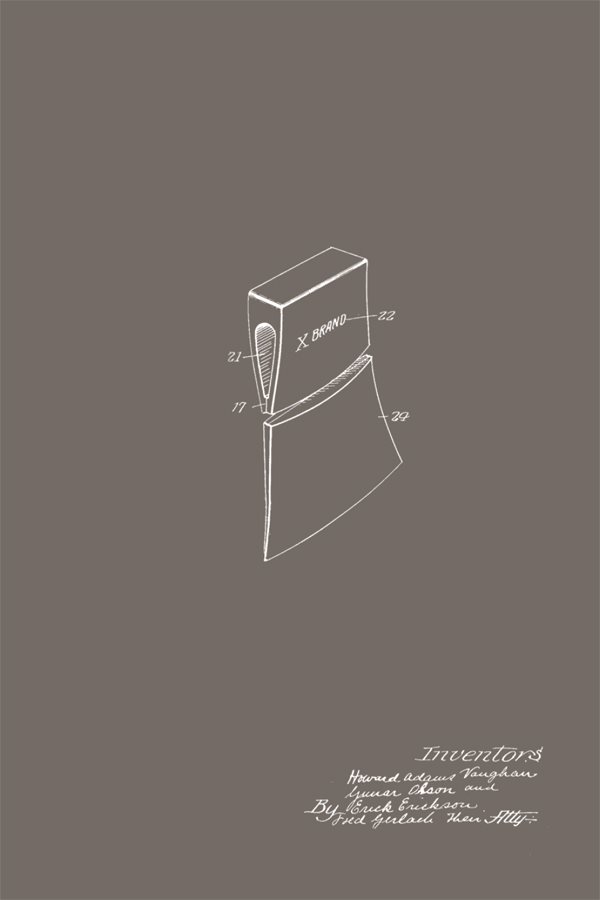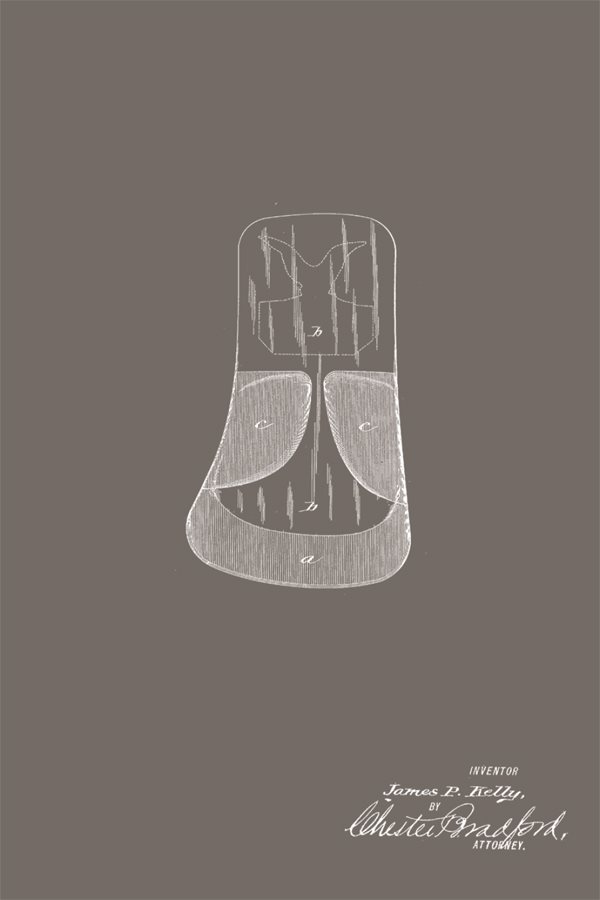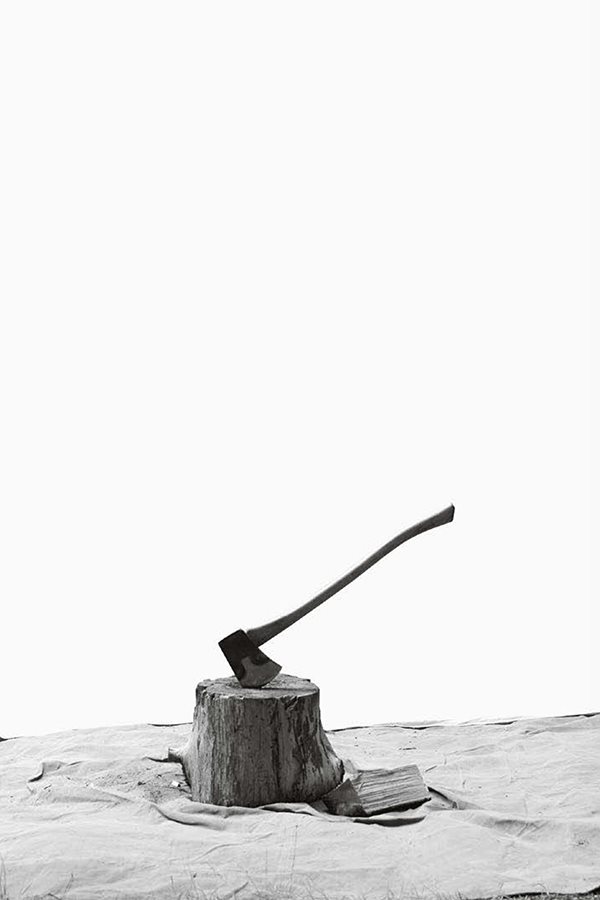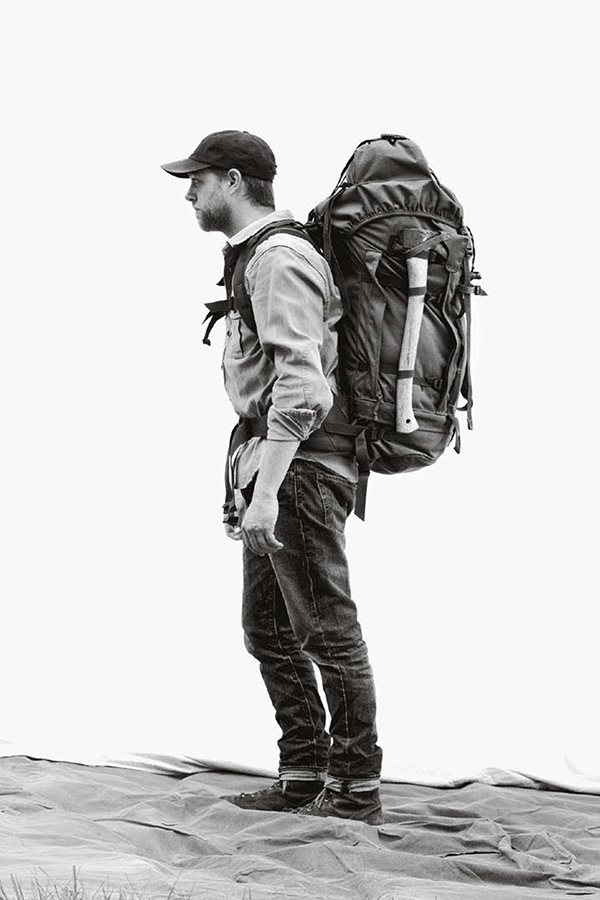This book is a love letter to my favorite tool. Its the culmination of my personal learnings, so its purposefully subjective. Thats why I called it Buchanan-Smiths Axe Handbook and not The Axe Handbook. Its a reflection of the lore, history, and best practices of this surprisingly mysterious tool as I have come to understand it. Axes are deeply personal: to me, to the contributors of this book, to Robert Frost (), and to a growing number of so many enthusiasts. I hope I can help make it personal for you, too.

Thats me on the right, on the remote Japanese island of Yakushima, with the axe I designed for Best Made (photograph by Tetsuya Ito).
Introduction
My first axe
I recall my fathers felling axe, a fixture of the family farm in Canada, where I was born and raised. I remember its shapely curved helve with a fawns foot handle dipped in bright yellow paint for easy spotting if it was ever left in the long grass or deep snow. I remember the axes from the canoe trips I took at Ahmek, a historic boys camp in Algonquin Park in northern Ontario. Wed paddle and portage for weeks, equipped with not much more than maps, paddles, cedar-strip canoes, outsized green duck-canvas turtle packs with leather straps. We loaded them with sleeping bags packed in black garbage bags and then lashed an axe to the side. I recall the guide, Dave Conacher, a legend at my camp who taught us that with an axe you could do just about anything in the wilderness, and that without it you were done for.
An object of beauty and utility
I recall the nameless axe that I bought on eBay in 2009. It was an elegant old felling axe with a well-worn helve and a head with a patina that had stories to tell. Years later, I brought it up to the cabin Id eventually purchase in the Catskill Mountains. But for months it rested in a corner of my workshop in New York City. An object of beauty and utility. An emblem of simplicity. From its corner, that axe saw me through a divorce, the death of my dog, and my biggest career change. It saw me say goodbye to all that, and was there when I planted the first seeds of a special sideline project that would grow to become my lifes work. In fact, it inspired it.
Best Made Company
Best Made Company started in my garage. It was just me, a few cans of bright enamel paint, a tub of marine spar varnish, and a dozen axes. Best Made came to be known for its bright, bold, graphic, colorful axesaxes made to my specifications by Council Tool, a third-generation forge on the shores of Lake Waccamaw, North Carolina. We didnt just promote and sell axes. We told stories about them. We showed our customers how to use them and restore them. In our catalogs, we showed them being swung in the wild places where they belonged (even if some of our customers were only hanging them in their Tribeca apartments). We shipped thousands of axes to every conceivable corner of the world. Before Best Made, axes were most often relegated to a toolshed. Now they were hanging in art galleries, museums, and boardrooms of Fortune 500 companies. The Best Made product line grew into the hundredsfrom axes to first-aid kits to toolboxes to chambray shirts to high-performance down jacketsand in less than ten years we were a full-fledged retail brand with thriving online and catalog sales and stores in New York and Los Angeles.
The axe is embedded in our DNA
Working the retail floor at Best Made, Id watch customers pick up an axe for the first time. There was always that quiet awe. Theyd remark on its weight and sharpness. Sometimes they were speechless. I think thats because the axeunlike any other tool, maybe any other objectis deeply embedded in our DNA. Its the oldest tool known to humankind, and when you hold one, let alone swing one, youre connecting to an ancient muscle memory.
I took to the hills of the Catskills
I left Best Made in part to write this book; it has been many years in the making. To tell the story of the axe, I had to listen to the stories of others. So I rounded up axes from all over the world; I scoured the flea markets of the Northeastern Seaboard. I gave old axes new edges. And I gathered friends and we took to the hills of my property in the Catskill Mountains. I met with US Forest Service trail workers, burgeoning axe forges in Maine and North Carolina, makers of premium synthetic diamond stones, third-generation lumbermen, and lifelong axe collectors. I watched as engineers snapped axes under pressure tests in a pristine lab in Upstate New York.

